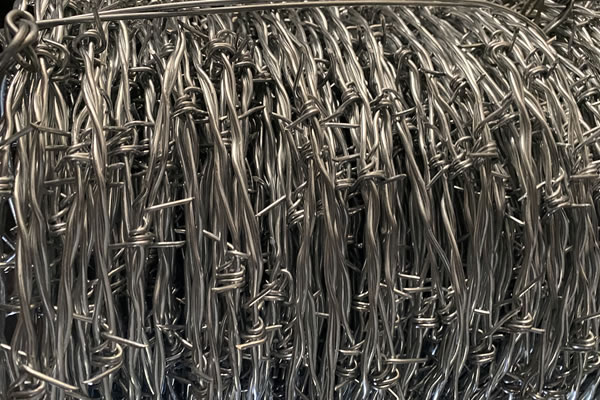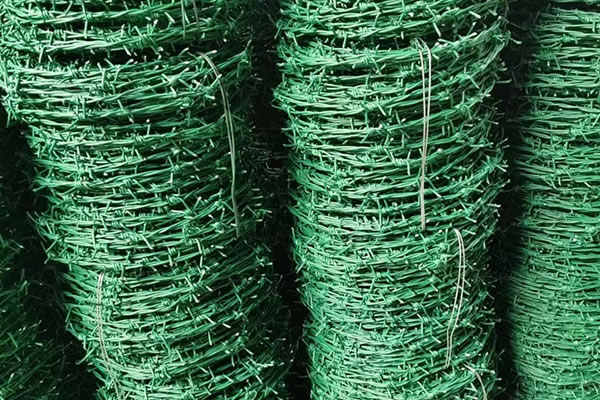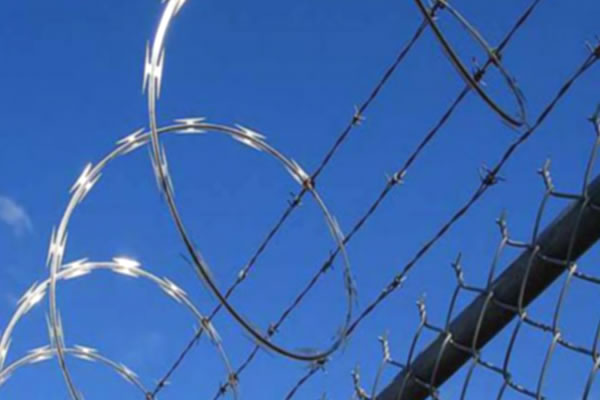Barbed Wire: A Guide to Security Fencing
Dinglian Co., supply barbed wire, a fencing wire featuring sharp points or barbs at intervals. It's widely used for security and containment across various sectors. Its primary uses include agricultural fencing to deter livestock, perimeter security for residential, commercial, and industrial properties, and high-security applications like prisons and military installations. Classifications often include the number of strands (single or double), barb spacing, wire gauge, and surface treatment (e.g., galvanized, PVC-coated, or high-tensile steel for increased strength).
Specifications
- Line Wire Gauge: Typically ranges from 12.5 gauge to 18 gauge, indicating the main wire's thickness.
- Barb Wire Gauge: Often 14 gauge to 18 gauge, referring to the smaller wire forming the barbs.
- Number of Strands: Commonly available as single strand or double strand (twisted line wires).
- Number of Points: Features either 2-point (two barbs per twist) or 4-point (four barbs per twist).
- Barb Spacing: Usually 3 inches, 4 inches, 5 inches, or 6 inches between barb clusters.
- Surface Treatment: Predominantly hot-dipped galvanized, electro-galvanized, or PVC-coated for protection.
- Roll Length: Standard rolls are 1320 feet (1/4 mile) or 660 feet (1/8 mile).
- Roll Weight: Varies significantly, but commonly 25 kg to 50 kg per standard roll.
- Twist Type: Includes single twist, double twist, or traditional (reverse) twist configurations.
- Material Tensile Strength: Categorized as low carbon steel or high-tensile steel for durability.










